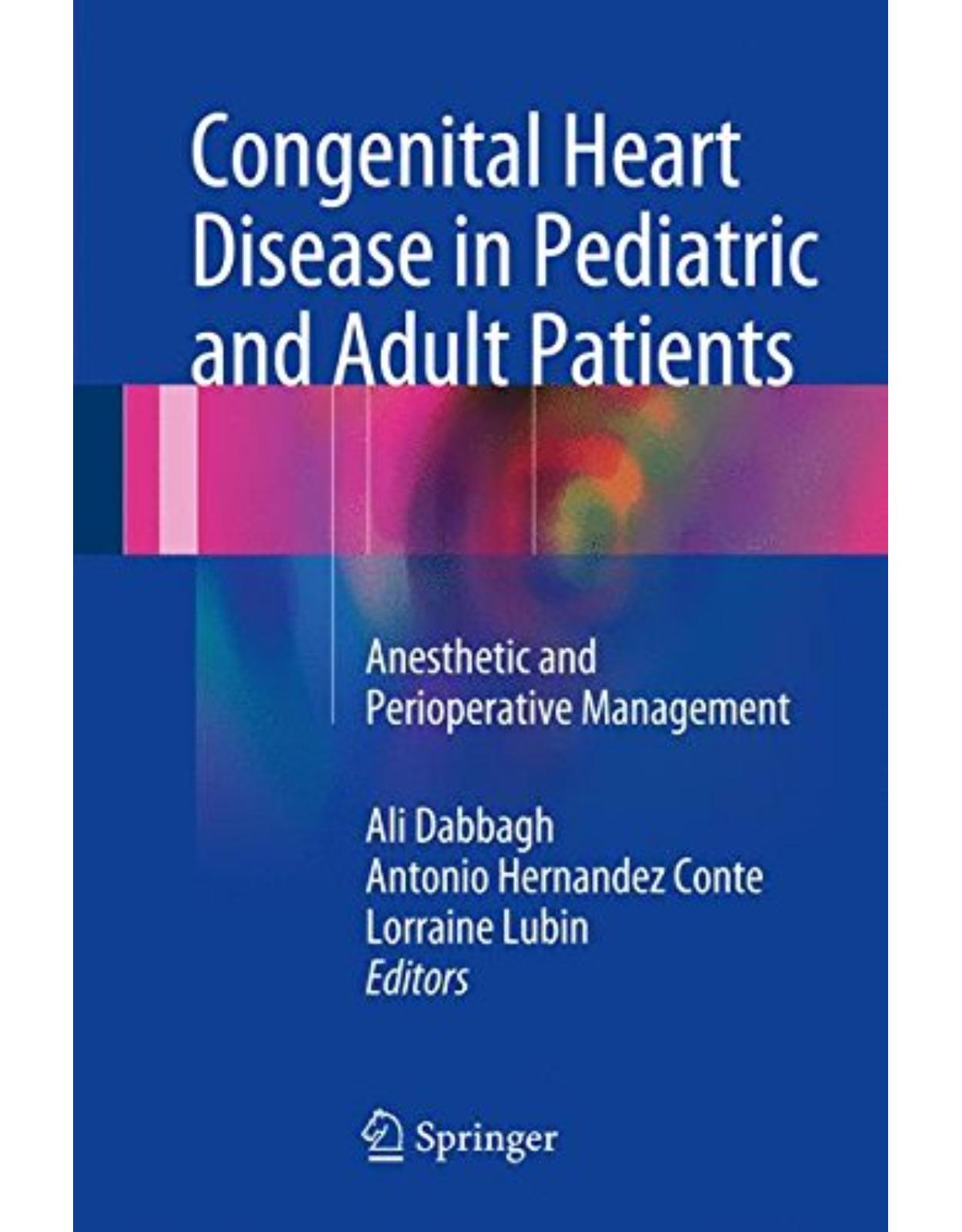
Congenital Heart Disease in Pediatric and Adult Patients: Anesthetic and Perioperative Management
Livrare gratis la comenzi peste 500 RON. Pentru celelalte comenzi livrarea este 20 RON.
Disponibilitate: La comanda in aproximativ 4 saptamani
Editura: Springer
Limba: Engleza
Nr. pagini: 1025
Coperta: Hardcover
Dimensiuni: 16.1 x 5.7 x 24.3 cm
An aparitie: 1 Apr 2017
Description:
Congenital Heart Disease in Pediatric and Adult Patients: Anesthetic and Perioperative Management provides a comprehensive, up-to-date overview of care of the pediatric patient undergoing cardiac surgery and anesthesia. After introductory chapters that encompass pediatric cardiovascular embryology, physiology and pharmacology, diagnostic approaches and preoperative considerations are explained. The intraoperative management of a wide range of specific lesions is then discussed, with full descriptions of anesthesia plans added with descriptions on diagnostic methods and surgical interventions. Postoperative care is also addressed, and a concluding section considers anesthesia outside the cardiac operating room. In the twenty-first century, advances in minimally invasive technology have led to the introduction of a wide array of pediatric cardiac procedures. More traditional surgical procedures have also been transformed by new devices and surgical approaches. The cardiac anesthesiologist is faced with an ever-increasing role in the perioperative care of pediatric patients undergoing cardiologic procedures in operating rooms, as well as less conventional locations. In this book, accomplished experts from around the world in the fields of pediatric anesthesia, cardiology, and cardiac surgery describe the multiple facets of caring for this very unique patient population.
Table of contents:
Contributors
Part I: History, Embryology, Physiology and Pharmacology
Chapter 1: History of Pediatric Anesthesia and Pediatric Cardiac-Congenital Surgery
The Birth of Pediatrics and “Children’s Hospitals” in the United States
Surgical Pioneers in Pediatric Surgery
Origins of Pediatric Anesthesiology
Developments Leading to Pediatric Heart and Congenital Surgery
Future Directions
Chapter 2: Cardiovascular System Embryology and Development
Establishing Cardiac Crescent
Formation of the Heart Tube
The Looping of Cardiac Tissue
The Formation of the Sinus Venosus
The Next Steps in Differentiation: Atrial Development
The Primordial Heart Septation
Atrioventricular Valves
Septum Development in the Truncus Arteriosus and Conus Cordis
Semilunar Valve Formation
Development of the Cardiac Conducting System in the Heart
Atrioventricular (AV) Valve Anomalies
Stenosis of Cardiac Semilunar Valves
Cardiac Outflow Tract Septation Anomalies
Vascular Formation
Arterial System
Development of Aortic Arches
Development of Arterial Tree from Aortic Arches
Fate of the Vitelline and Umbilical Arteries
Dorsal Aorta Gives Rise to Lateral Branches
Intersegmental Branches
Formation of Limb Arteries
The Formation of Coronary Arteries
The Formation of Venous System
The Formation of Lymphatic System
Development of Lymph Sacs and Lymphatic Ducts
The Development of Thoracic Duct
Circulation Before and After Birth
Fetal Circulation
Circulatory Alterations After Birth
Angiomas
Abnormalities of the Ductus Arteriosus
Aortic Coarctation
Vena Cava Anomalies
IVC Anomalies
SVC Anomalies
Left Superior Vena Cava
Lymphatic System Anomalies
References
Chapter 3: Pediatric Cardiovascular Physiology
Evolutional Transition in Cardiac Physiology
Fetal Circulation
Changes in Circulation at Birth
Myocardial Electromechanical Function
Electrical Function of the Myocardium: Action Potential
Action Potential in Cardiac Cells
Cardiac Automaticity and Its Mechanism(s)
Excitation-Contraction Coupling: ECC
Calcium Homeostasis
Functioning Organelles of ECC
ECC-Modulating Mechanisms
Mechanical (Contractile) Function of the Myocardium
Thick Filament
Thin Filament
Z Disc, I Band, A Band, and M Line
Novel Therapeutic Agents Against Heart Failure
Control Mechanisms of Cardiac Function
Autonomic Control of the Heart
Sympathetic and Parasympathetic Receptors
Functions of the ANS in the Heart
Inotropic Effects of the β1- and M2 Receptor Activation
Chronotropic Effects of the β1- and M2 Receptor Activation
Lusitropic Effects of the β1-Receptor Activation
Developmental Changes in Fetal Cardiac Contractile System
Developmental Changes in Cardiac Ca2+ Homeostasis
Developmental Changes in Cardiac Action Potential
Developmental Changes in Mechanical Force Production and Contractile Function
Developmental Changes in Myocardial Function
Cardiac Cycle and Cardiac Work
Normal Cardiac Cycle
Cardiac Work
Frank-Starling Relationship
Cardiac Reflexes
Baroreceptor Reflex (or Carotid Sinus Reflex)
Bainbridge Reflex
Bezold-Jarisch Reflex
Chemoreceptor Reflex
Valsalva Maneuver
Neural Pathway
Cushing Reflex
Neural Pathway
Oculocardiac Reflex
References
Chapter 4: Cardiovascular Pharmacology in Pediatric Patients with Congenital Heart Disease
Vasoactive Agents
Pure Vasopressors (Pure Vasoconstrictors)
Phenylephrine
Common Adverse Effect of Phenylephrine
Vasopressin
Inoconstrictors
Epinephrine
Epinephrine Dose in Pediatric Cardiac Surgery
Dopamine
Clinical Effects of Dopamine
Norepinephrine
Inodilators (Mainly Milrinone, Dobutamine, and Levosimendan)
Milrinone
Dobutamine
Levosimendan
Pure Vasodilators
Nitroglycerin
Hydralazine
Alprostadil
Sodium Nitroprusside
Phentolamine Mesylate (Regitine)
Drugs Used in Pulmonary Hypertension
Nitric Oxide
Sildenafil
Endothelin Receptor Blockers (ET Blockers)
Drugs for Pediatric Delirium
Stress Ulcer Prevention and Treatment
Anticoagulation and Thrombolysis Drugs
Oral Anticoagulants
Antiplatelet Agents
Antifibrinolytic Agents
Antibiotic Prophylaxis in Perioperative Period
References
Part II: Diagnostics and Monitoring
Chapter 5: Perioperative Care of the Congenital Cardiac Patient in the Cardiac Catheterization L
Introduction
The Cath Lab Environment
The Goals of Congenital Cardiac Catheterization
Procedural Vascular Access and the Approach
Anesthetic Considerations in Diagnostic and Interventional Cardiac Cath Procedures
Preoperative Assessment
Intraoperative Management
Anesthetic Agents Used in Congenital Cardiac Catheterization
Volatile Anesthetic Agents
Propofol
Opiate Medications
Benzodiazepines
Ketamine
Dexmedetomidine
Complications in the Congenital Cath Lab
Hybrid Procedures
Conclusion
Bibliography
Chapter 6: Perioperative Imaging
Catheterization Laboratory
Intracardiac Echocardiography
Transthoracic Echocardiography
Transesophageal Echocardiography
Operating Room
Transesophageal Echocardiography Safety and Complications
Contraindications to Transesophageal Echocardiography
Relative and Absolute Contraindications to TEE
Relative Contraindications to TEE
Absolute Contraindications to TEE
Epicardial Echocardiography
Conclusion
References
Chapter 7: Pediatric Cardiovascular Monitoring
Noninvasive Monitoring
Pulse Oximetry
5-Lead Electrocardiogram
Blood Pressure
Near-Infrared Spectroscopy Monitors
Invasive Monitoring
Arterial Line
Central Venous Lines
Pulmonary Artery Catheter
Minimally Invasive Cardiac Output Monitors
Pulse Contour Analysis
Ultrasound
Bioimpedance/Bioreactance
References
Chapter 8: Electrocardiography: Basic Knowledge with Focus on Fetal and Pediatric ECG
Heart Rate
Rhythm
QRS Axis
Conduction Intervals
PR Interval
QT Interval
Morphology
P Wave
QRS Complex
T Wave
ST Segment
Chamber Hypertrophy
Right Ventricular Hypertrophy
Left Ventricular Hypertrophy
Biventricular Hypertrophy
Conduction Abnormalities
Atrioventricular Block
Intraventricular Conduction Defect
Right Bundle Branch Block
Left Bundle Branch Block
Left Fascicular Block
Multifascicular Block
Cardiac Tachyarrhythmias
Supraventricular Tachycardias
Ventricular Tachycardias
Congenital Heart Disease
Atrial Septal Defect
Ventricular Septal Defect
Atrioventricular Septal Defect
Patent Ductus Arteriosus
Truncus Arteriosus
Partially and Totally Anomalous Pulmonary Venous Returns
Tricuspid Atresia
Pulmonary Valve Stenosis and Pulmonary Valve Atresia
Tetralogy of Fallot
Ebstein Anomaly
Aortic Valve Stenosis
Coarctation of Aorta
Transposition of the Great Arteries
Congenitally Corrected Transposition of the Great Arteries
Cardiomyopathy
Hypertrophic Cardiomyopathy
Dilated Cardiomyopathy
Arrhythmogenic Right Ventricular Cardiomyopathy/Dysplasia
Restrictive Cardiomyopathy
Dystrophies
Duchenne Muscular Dystrophy
Myotonic Muscular Dystrophy
Inflammatory Conditions
Kawasaki Disease
Pericarditis
Myocarditis
Acute Rheumatic Fever
Cardiac Tumors
Rhabdomyoma
Fibroma
Myxoma
References
Chapter 9: Central Nervous System Monitoring in Pediatric Cardiac Surgery
Introduction: The Role of CNS Monitoring in Pediatric Cardiac Surgery
Clinical Assessment of Pain and Sedation in Postoperative Period in Children
Assessment of Pain
The Children’s Hospital of Eastern Ontario Pain Scale: CHEOPS
Face, Legs, Activity, Cry, Consolability Scale (FLACC)
COMFORT Scale
Toddler Preschool Postoperative Pain Scale (TPPPS)
Parents’ Postoperative Pain Measure (PPPM)
Assessment of Sedation
Ramsay Sedation Scale (Ramsay)
Richmond Agitation Sedation Scale (RASS)
Sedation Agitation Scale (SAS)
Near Infrared Spectroscopy (NIRS)
Electroencephalography (EEG) Including Traditional EEG, qEEG, and CCEEG
History of EEG
What Are the Applications of EEG in the Perioperative Period?
How EEG Works (Including 10/20 System and the Waves)
Interpretation of EEG
How to Report EEG
Limitations of EEG
EEG Considerations in Pediatric and Neonatal Group
Amplitude Integrated EEG: aEEG
Transcranial Doppler: TCD
Windows for TCD Signal Acquisition
What Are the Main Limitations of TCD?
Jugular Venous Oxygen Saturation (SjVO2)
What Does SjVO2 Monitoring Show Us?
SjVO2 Catheters and the Technique Used for Their Insertion
Anatomic Approach
Limitations of Data Interpretation for SjVO2 and Methods to Correct It
Depth of Anesthesia and Sedation
Evoked Potentials: Somatosensory Evoked Potential (SSEP), Motor Evoked Potential (MEP), Auditory Ev
References
Chapter 10: Respiratory Monitoring
Introduction
Clinical Assessment
Inspection
Work of Breathing (WOB)
Nasal Flaring
Recession
Accessory Muscle Use
Skin Color
Auscultation
Respiratory Sounds
Normal Breath Sounds
Adventitious or Abnormal Sounds
Palpation
Percussion
Cardiopulmonary Interactions
Respiratory Monitoring Adjuncts
Pulse Oximetry
Capnography and Capnometry
References
Chapter 11: Coagulation Monitoring
Introduction
Pediatric Hemostasis
Comparison Between Neonatal and Adult Hemostasis
Congenital Heart Disease and Coagulation
Clinical Evaluation and Preoperative Laboratory Testing
Coagulopathy and Cardiac Bypass
Monitoring of Coagulation
Laboratory-Based Coagulation Test
Point-of-Care Monitoring
Thromboelastography (TEG®) and Thromboelastometry (ROTEM®)
History and Nomenclature
Operation Principles
Graph Analysis and Parameters
Types of Testing
Result Interpretation
Indications and Limitations of Thromboelastography and Thromboelastometry
Platelet Function Testing
Monitoring Integration in Clinical Care
References
Part III: Preoperative Considerations
Chapter 12: Preoperative Evaluation
Introduction
Medical History
Physical Examination
Para Clinical Diagnostic Tests
Chest Radiography
Electrocardiography
Echocardiography
Computerized Tomography
Cardiac Magnetic Resonance Imaging (cMRI)
Cardiac Catheterization and Angiography
Conclusion
References
Chapter 13: Anesthetic Management of Adults with Congenital Heart Disease
Epidemiology of Adult Congenital Heart Disease
Major Categories of Congenital Cardiac Structural Defects
Shunt Lesions
Mixing Lesions
Obstructive Lesions
Regurgitant Lesions
Acyanotic Congenital Heart Disease
Dextrocardia
Congenitally Corrected Transposition of the Great Vessels
Congenitally Bicuspid Aortic Valve
Coarctation of the Aorta
Pulmonic Stenosis
Primary Pulmonary Hypertension and Pulmonary Vascular Disease
Left-to-Right Shunt Lesions
Patent Ductus Arteriosus
Atrial Septal Defects
Ventricular Septal Defects
Cyanotic Congenital Heart Disease
Tetralogy of Fallot
Ebstein’s Anomaly
Transposition of the Great Arteries
Eisenmenger Syndrome
Single-Ventricle Physiology and Complex Cyanotic Congenital Heart Disease
Perioperative Concerns and Anesthetic Management
Syndromes and Associated Anomalies
Perioperative Monitoring
Airway and Ventilatory Management
Intravenous Access Considerations
Perioperative Fluid Management and NPO Intervals
Hematocrit and Perioperative Transfusion Management
Antibiotic Prophylaxis
Pacemakers and Arrhythmias
Postoperative Considerations
Conclusion
Case Study: Anesthetic Management of a Hybrid Approach to Transcatheter Pulmonary Valve Replacem
Bibliography
Chapter 14: Medical Facility Infrastructure Considerations
Identification of Pediatric Patients and Referral Management
Evaluation Coordination
Surgical and Cardiologic Interventional Issues
References
Part IV: Intraoperative Care Including Management of Specific Pathologies
Chapter 15: Limiting the Lifetime Surgical Impact of Congenital Heart Disease and Guiding Care fo
Limiting the Lifetime Surgical Impact of Congenital Heart Disease and Guiding Care for the Con
Transcatheter Palliation
Transcatheter Occlusion of Patent Ductus Arteriosus in Premature Infants
Transcatheter Valves
Electrophysiologic Devices
Blood Conservation/Bloodless Cardiac Surgery
Pain Management
Radiation Issues
Neurodevelopmental Issues
Psychological Stressors
Child Life Counseling/Psychological Assessment
Conclusion
References
Chapter 16: Cardiopulmonary Bypass in Children and Infants
Introduction
Components of CPB
Vascular Access
Tubing
Blood Pumps
Oxygenator
Priming and Hemodilution
Metabolism During CPB
Systemic Inflammation During CPB
Controlling the Host Response
Conclusions
References
Chapter 17: Atrioventricular Septal Defect (AVSD)
Introduction
Cardiac Anatomy and Embryology
Pathologic Findings and Associated Anomalies
Classification of AVSD
Associated Cardiac Anomalies
Clinical Presentation and Diagnosis of the Disease
Echocardiography
Surgical Repair
Intraoperative Management of Anesthesia
Postoperative Care for AVSD
Reoperation
Outcome
References
Chapter 18: Atrial Septal Defect and Ventricular Septal Defect
Atrial Septal Defect
Introduction
Embryology
Classification
Pathophysiology of ASD
Diagnosis of ASD
Clinical Diagnosis of ASD
Electrocardiography
CXR
Imaging Techniques in Diagnosis of ASD
Echocardiography
Other Imaging Studies
Treatment
Anesthesia for ASD Treatment
Ventricular Septal Defect
Introduction
Embryology and Classification of VSD
Pathophysiology
Diagnosis
General Findings
Respiratory Findings
Cardiovascular Findings
Treatment
Anesthetic Management
Outcome
References
Chapter 19: Tetralogy of Fallot
Introduction
Case Presentation
Embryology and Anatomy
Uncomplicated TOF
Presentation and Anatomic Correlation
Historical Therapeutic Approaches and Outcomes
Contemporary Surgical Management and Outcomes
Timing of Surgery
Surgical Technique
Natural History of Operative Correction
Comorbidities
Anesthesia Considerations
Anatomic Variants of TOF
PDA-Dependent Lesions
Pulmonary Atresia and Critical Pulmonary Stenosis
Non-PDA-Dependent Lesions
Absent Pulmonary Valve Syndrome
Coronary Artery Anomalies
Other Anomalies Requiring Palliative Shunting Prior to Complete Repair
Additional Congenital Cardiac Anomaly
Additional Noncardiac Congenital Anomaly
Physics and Physiology of Systemic Pulmonary Shunting
Anesthesia Issues of Systemic Pulmonary Shunting
Anesthesia Issues of the Patient with a BTS for Complete Repair
Conclusion
Bibliography
Chapter 20: Transposition of the Great Arteries
Case Presentation
Embryology
Terminology and Anatomy
Simple Transposition of the Great Arteries
Clinical Presentation
Historical Therapeutic Approaches and Outcomes
Contemporary Management and Interventions Prior to Surgery
Contemporary Surgical Management and Outcomes
Comorbidities
Additional Anesthetic Considerations
Complex TGA
TGA with Aortic Coarctation
TGA with Conal Septal Deviation
Conal Septal Deviation-TGA/VSD and LVOT Obstruction
Conal Septal Deviation-Taussig Bing Anomaly
Corrected Transposition of the Great Arteries
Addendum on Invasive Monitoring Catheter Insertion: Author’s Opinion
Ultrasound for CVL Placement and Arterial Cannulation
Bibliography
Chapter 21: Right-Sided Obstructive Lesions
Tetralogy of Fallot
Introduction
Anatomy
Presentation
Treatment
Anesthetic Considerations
Congenital Pulmonic Valve Stenosis
Introduction
Anatomy
Presentation
Treatment
Anesthetic Considerations
Pulmonary Atresia with Intact Ventricular Septum
Introduction
Anatomy
Presentation
Treatment
Anesthetic Considerations
Pulmonary Atresia with VSD
Introduction
Anatomy
Presentation
Treatment
Anesthetic Considerations
Ebstein’s Anomaly
Introduction
Anatomy
Presentation
Treatment
Anesthetic Considerations
References
Chapter 22: Congenital Mitral Valve Anomalies
Introduction
Embryology
Classification of Congenital Mitral Valve Anomalies
Anatomical Classification Systems
Surgical Classification
Complex Congenital MV Lesions
Clinical Features
Congenital Mitral Stenosis
Congenital Mitral Regurgitation
Diagnosis
Congenital Mitral Stenosis
Electrocardiography
Chest Radiography
Echocardiography
Transesophageal Echocardiography
Dynamic Three-Dimensional (3D) Transthoracic and Transesophageal Echocardiography
Congenital Mitral Regurgitation
Chest Radiography
Electrocardiography
Transthoracic Echocardiography
Transesophageal Echocardiography (TEE)
3D Echocardiography
Cardiac Magnetic Resonance Imaging
Cardiac Catheterization
Management of Congenital Mitral Valve Anomalies
Timing of Surgery
Anesthetic Management
Mitral Regurgitation
Surgical Techniques
Surgical Outcomes
Conclusion
References
Chapter 23: Congenital Anomalies of the Aortic Valve
Case Scenario #1: Critical Aortic Stenosis of the Neonate
Case Scenario #2: The Ross Procedure
Valvular Aortic Stenosis
Anatomy
Pathophysiology
Critical Aortic Stenosis of the Neonate
The Child or Adolescent with Valvular Aortic Stenosis
Case Scenario #3
Supravalvular Aortic Stenosis
Anatomy and Pathophysiology
Anesthetic Risk Assessment
Treatment
Anesthetic Management
References
Chapter 24: Anomalies of the Aortic Arch: Aortic Coarctation and Interrupted Aortic Arch
Coarctation of Aorta
Introduction and Background
Embryology and Anatomic Features
Etiology and Mechanism of the Disease
Pathologic Findings
Clinical Features
Prenatal Period (Fetal Period)
Neonatal Period
Infancy Period
Older Childhood and Adolescence Period
Adult Features
Echocardiography in CoA
Echocardiographic Views Used in CoA
Echo Protocol
Associated Anomalies of CoA
Associated Cardiac Anomalies of CoA
Aortic Valve Lesions
Hypoplasia of the Left Heart Structures
Hypoplasia of Aortic Arch
Ventricular Septal Defect (VSD)
Patent Ductus Arteriosus (PDA)
Atrial Septal Defect (ASD)
Bovine Aortic Arch
Other Cardiac Anomalies
Associated Noncardiac Anomalies of CoA
CNS
Gastrointestinal System
Urogenital System
Skeletal Anomalies
Chromosomal Anomalies
Urogenital System
Skeletal Anomalies
Therapeutic Approaches
Surgical Correction
Balloon Dilatation
Stenting
Anesthesia for CoA
Preoperative Evaluation
Preoperative Care in Neonatal and Infantile Period
Preoperative Care in Older Children and Adults
Intraoperative Anesthesia Management
Monitoring
CNS Monitoring
Vasoactive Drugs
Spinal Cord Protection Strategies
Patient Positioning
Postoperative Care
Clinical Outcome
Other Forms of Aortic Stenosis
Interrupted Aortic Arch (IAA)
Classification of IAA
Associated Anomalies
Clinical Findings
Treatment
Intraoperative Management
References
Chapter 25: Patent Ductus Arteriosus
References
Chapter 26: Hypoplastic Left Heart Syndrome: Treatment Options
Introduction
Pathology
Diagnosis
Preoperative Care
Stage I Options
Modified Norwood Procedure
Sano Procedure
Hybrid Procedure
Transplantation
Single Ventricle Reconstruction Trial
Hybrid Procedure
Individualized Surgical Approach
Summary
References
Chapter 27: Double-Outlet Right Ventricle
Clinical Vignettes
Case 1
Case 2
Background
Embryology
Anatomy
Coronary Arteries
Clinical Presentation
VSD-Type and TOF-Type DORV
TGA-Type DORV
DORV with Remote VSD
DORV with AVSD
Surgical Repair
VSD-Type and TOF-Type DORV
Mid-spectrum DORV or TGA-Type DORV with PS
TGA-Type DORV
Aortic Outflow Tract Obstruction and Aortic Arch Hypoplasia
Outcomes
Anesthetic Management of Clinical Cases
Case 1
Case 2
References
Chapter 28: Double-Outlet Left Ventricle (DOLV)
Clinical Vignettes
Case 1
Case 2
Background
Embryology
Anatomy
Ventricular Septal Defect
Right- and Left-Sided Obstructive Lesions
Other Associated Anomalies
Coronary Arteries
Conduction System
Clinical Presentation
Subaortic VSD with or Without POTO
Subpulmonic VSD with or Without AOTO
Supracristal and Remote VSD
Right Ventricular Dysfunction
Surgical Repair
Subaortic VSDs
Patent Pulmonary Outflow
Aortic Outflow Tract Obstruction
Single Ventricle
Outcomes
Summary of Clinical Cases
Case 1
Case 2
References
Chapter 29: Pulmonary Hypertension
Introduction
Classification
Clinical Features
Paraclinical Studies
Chest X-Ray
Electrocardiography
Imaging Studies
Management
Pharmacological Treatment
Anesthesia for Patients with Congenital Heart Disease and Pulmonary Hypertension
References
Chapter 30: Right Ventricular Failure
Anatomy and Physiology of the Right Ventricle
Definition
Etiology
Volume Overload
Altered Contractility
Pressure Overload
Pathophysiology
Diagnosis
Echocardiographic Evaluation of the RV
Management
How Do We Protect the RV?
What to Do When the RV Is Failing?
Preload Optimization
RV Failure in the Pediatric Population
Summary
References
Chapter 31: Coronary Artery Anomalies
Introduction
Embryology
Classification (Table 31.1)
Pathology
ALCAPA
Abnormal Right Coronary Artery of the Pulmonary Artery (ARCAPA)
AAOCA
Stenosis or Atresia of the Left Main Coronary Artery
Myocardial Bridges
Coronary Fistulas
Acquired Coronary Disease
Inflammatory Disease
Coronary Artery Allograft Vasculopathy (CAAV)
Diagnostic Tests
EKG
Echocardiography
Chest Radiography
Stress Sestamibi Perfusion Scan
Computerized Tomographic Angiography (CTA)
MRI
Catheterization Laboratory
Management Algorithm
Surgical Management
Anesthetic Considerations
Outcome
Case-based Contents
References
Chapter 32: Heart Transplantation and Mechanical Circulatory Support in the Congenital Heart Pati
Introduction
Heart Transplantation for Congenital Heart Disease
Mechanical Circulatory Support
Conclusion
References
Part V: Postoperative Care
Chapter 33: Postoperative Cardiovascular and Hemodynamic Management in Pediatric Cardiac Surgery
Introduction
Transferring Patient from Operating Room
Monitoring Techniques
Hemodynamic Complications
Low Cardiac Output
Postoperative Bleeding and Cardiac Tamponade
Pulmonary Hypertension
Conclusion
References
Chapter 34: Postoperative Arrhythmias and Their Management
Postoperative Tachyarrhythmias
Supraventricular Tachycardias
Junctional Ectopic Tachycardia
Atrial Tachycardia
AV Nodal Reentrant Tachycardia and AV Reciprocating Tachycardia
Ventricular Tachycardias
Postoperative Bradyarrhythmias
Sinus Node Dysfunction
Atrioventricular Block
Common Surgical Procedures Associated with Postoperative Arrhythmias
Atrial Septal Defect Closure
Ventricular Septal Defect Closure
Atrioventricular Septal Defect Repair
Tetralogy of Fallot Correction
Surgical Repair of Univentricular Heart
Surgical Correction of Transposition of the Great Arteries
References
Chapter 35: Postoperative Respiratory Management in Pediatric Cardiac Surgical Patients
How Does the Pediatric Patient Differ from the Adult Patient?
Anatomy
Physiology
Principals and Goals of Mechanical Ventilation
Ventilation Considerations and Its Challenges Unique to the Congenital Heart Disease Patients
Strategies for Ventilation and Ventilator Modes
Weaning, Readiness for Extubation, and Extubation Failure
Weaning Ventilator Support and Spontaneous Breathing Trials (SBTs)
Prediction Tests for Extubation Success
“Ready for Departure”: Preparing for Extubation
The “Extubation Procedure”
Predictors of Extubation Failure
Noninvasive Ventilation
RAM Cannula
nCPAP
High-Flow Nasal Cannula (HFNC)
Miscellaneous Issues
Extracorporeal CO2 Removal: ECCO2R
HFV or HFOV
Inhalational Routes of Drug Delivery
Chest Physiotherapy
Chronic Respiratory Failure and Tracheostomy
References
Chapter 36: Cardiac Anesthesia in Infants and Children: Postoperative Bleeding and Coagulation Ma
Introduction
Risk Factors for Postoperative Bleeding
Preoperative Risk Factors
Intraoperative Risk Factors
Pathophysiology of Postoperative Bleeding
Point of Care Testing and Algorithms in Postoperative Bleeding
Prophylaxis
Preoperative Optimization
Intraoperative
General Measures
Prophylactic Agents
Antifibrinolytics (Table 36.3)
Treatment
Abnormal Clot Generation
Prothrombin Complex Concentrates (PCCs)
Activated Factor VII
Abnormal Clot Stability
Antifibrinolytics
Clot Firmness
Fibrinogen Concentrate
Cryoprecipitate
Platelets
Fresh Frozen Plasma
Packed Red Blood Cells
Adverse Effects (Table 36.6)
Outcome
Case Vignette
References
Chapter 37: Postoperative Central Nervous System Management in Patients with Congenital Heart Dise
The Impact of CNS Outcome in Pediatric Cardiac Surgery
Risk Factors for CNS Injury in Neonates and Infants Undergoing Cardiac Surgery
Preoperative Risk Factors for CNS Injuries in Neonates and Children
Intraoperative Risk Factors for CNS Injuries in Neonates and Children
Postoperative Risk Factors for CNS Injuries in Neonates and Children
Classification of CNS Deficits
Neurologic Deficits
Neonatal Seizure
Neurocognitive and Neurodevelopmental Disorders
White Matter Injuries (WMI) Including Periventricular Leukomalacia (PVL)
Etiology (Including Predisposing Factors and Mechanisms of Injury)
Prevalence
Clinical Presentation of PVL
Diagnosis
Treatment
Clinical Assessment and Monitoring of Delirium in Pediatric Cardiac Surgery
Treatment of Postoperative Delirium
CNS Monitoring
References
Chapter 38: Perioperative Management Endocrine Problems in Pediatric Cardiac Surgical Patients
Perioperative Management of Patients on Steroids Requiring Surgery
When to Suspect an Impaired HPA Axis?
Patients with Non-suppressed HPA Axis
Patients with Uncertain Status of HPA Axis
Other Groups of Patients
Patients Using Inhaled Steroids
Patients Using Topical Steroids
Patients Using Intra-articular and Spinal Glucocorticoid Injections
Guidelines for Dosing Glucocorticoids in the Perioperative Period
Surgical Procedures
Pituitary Gland in Perioperative Period
Central Adrenal Insufficiency
Central Hypothyroidism
Central Diabetes Insipidus (DI)
In Conclusion
Perioperative Management of Diabetes Mellitus in Children
Introduction
Intraoperative Care
Postoperative Care
For Emergency Surgery
Perioperative Management in Patients with Metabolic Disorders
Introduction
Hypoglycemia
Phenylketonuria
Preoperative Management
Propionic and Methylmalonic Acidemia
Preoperative Management
Postoperative Management
Maple Syrup Urine Disease
Preoperative Management
Urea Cycle Defects
Preoperative Management
Fatty Acid Oxidation Defects
Homocystinuria
Mucopolysaccharidosis
Preoperative Management
Postoperative Management
References
Chapter 39: Perioperative Pain Management in Patients with Congenital Heart Disease
Introduction
Chronic Postsurgical Pain
Pain After Sternotomy
Pain After Thoracotomy
Management of CPTP and Post-sternotomy Pain
Useful Regional Techniques in Patients with Congenital Heart Disease
Neuraxial Blocks
Peripheral Block Techniques
Paravertebral Blocks
Pecs Blocks/Serratus Plane Block
Transversus Abdominis Plane (TAP) Block
References
Chapter 40: Postoperative Renal Management, Fluid/Electrolyte Management and Acid–Base Disorders
Introduction
Physiology: From Birth to Adults
Fluid Balance and Distribution
Fluid and Solute Movements
Electrolyte Balance
Sodium
Potassium
Calcium
Phosphorus
Magnesium
Chloride
Bicarbonate
Acid–Base Balance
Renal Physiology
Renal Blood Flow
Glomerular Filtration Rate
Urine Concentration and Sodium Excretion Fraction
Acute Kidney Injury After Congenital Heart Disease Surgery
Epidemiology of AKI
Aetiology and Pathogenesis of AKI Post-Cardiac Surgery
CPB and Ultrafiltration
Physiopathology
Ultrafiltration
Clinical Pictures
Classification and Diagnosis
RIFLE Classification System
pRIFLE Classification System
AKIN Classification System
Difference Between RIFLE, pRIFLE and AKIN Classification
The Multi-societal Database Committee for Pediatric and Congenital Heart Disease Classification
Lab Findings: New Biomarkers
Neutrophil Gelatinase-Associated Lipocalin (NGAL)
Interleukin 18
Cystatin C
Treatment Course
Fluid Management
Fluid Overload
Goal-Directed Fluid Therapy
Type of Fluid Solution
Colloids
Crystalloids
Concerns Regarding Paediatric Patients
Parental Nutrition
Monitoring Daily Fluid Balance
Pharmacologic Management of Fluid Overload
Dopamine
Loop Diuretics
Nesiritide
Fenoldopam
Renal Replacement Therapy
Peritoneal Dialysis
Continuous Renal Replacement Therapy
Electrolyte Management
Sodium
Potassium
Calcium
Magnesium
Basis of Pathophysiology Acid–Base Balance in the Postoperative ICU Setting of Cardiac Surger
Metabolic Acidosis
Metabolic Alkalosis
Respiratory Acidosis and Alkalosis
A Practical Approach to…
Fluid Management
Renal Management
Acid–Base Disorders Management
Bibliography
Part VI: Anesthesia and Critical Care Outside the Cardiac Operating Room
Chapter 41: Congenital Cardiac Intensive Care and Management of Cardiac Arrest
Background
Cardiovascular Physiology and Shock
Pulmonary Vascular Resistance (PVR) and Pulmonary Blood Flow (PBF) Regulation
Heart Disease and Cerebral Function
Pharmacology
Epidemiology, Prevention, and Outcome of In-Hospital Cardiopulmonary Arrest in CHD Patients
Diagnosis of Cardiac Arrest
Mechanics of Cardiopulmonary Resuscitation
Airway
Breathing
Circulation
Mechanisms of Blood Flow
Rate and Duty Cycle
Defibrillation and Cardioversion
Electric Countershock
Practical Aspects of Defibrillation in Children
Open-Chest Defibrillation
Automated External Defibrillation
Transcutaneous Cardiac Pacing
Vascular Access and Monitoring During Cardiopulmonary Resuscitation
Vascular Access and Fluid Administration
Endotracheal Medication Administration
Monitoring During Cardiopulmonary Resuscitation
Medications Used During Cardiopulmonary Resuscitation
α- and β-Adrenergic Agonists
Epinephrine
Vasopressin
Atropine
Sodium Bicarbonate
Calcium
Glucose
Amiodarone
Lidocaine
Special Cardiac Arrest Situations
Perioperative Cardiac Arrest
Hyperkalemia
References
Chapter 42: Pediatric Cardiac Surgery in Emerging Countries
The Burden of Congenital Heart Disease in the World and in Emerging Nations in Particular
Shortages and Solutions
Human Resources
Developing a Sustainable Congenital Heart Center in an Emerging Country
Models of Assistance
A Success Story
Analysis of the Five Main Areas of Program Assistance
On-Site Surgical and Interventional Activity
Education
Biomedical Engineering Support
A Different Way of Doing Business
Development of a Teamwork Culture with Nurse Empowerment and a Horizontal Hierarchy
Data Collection
Data Monitoring
Summary
References
Index
| An aparitie | 1 Apr 2017 |
| Autor | Ali Dabbagh, Antonio Hernandez Conte, Lorraine Lubin |
| Dimensiuni | 16.1 x 5.7 x 24.3 cm |
| Editura | Springer |
| Format | Hardcover |
| ISBN | 9783319446899 |
| Limba | Engleza |
| Nr pag | 1025 |
-
1,03200 lei 86000 lei
-
1,13200 lei 1,03600 lei

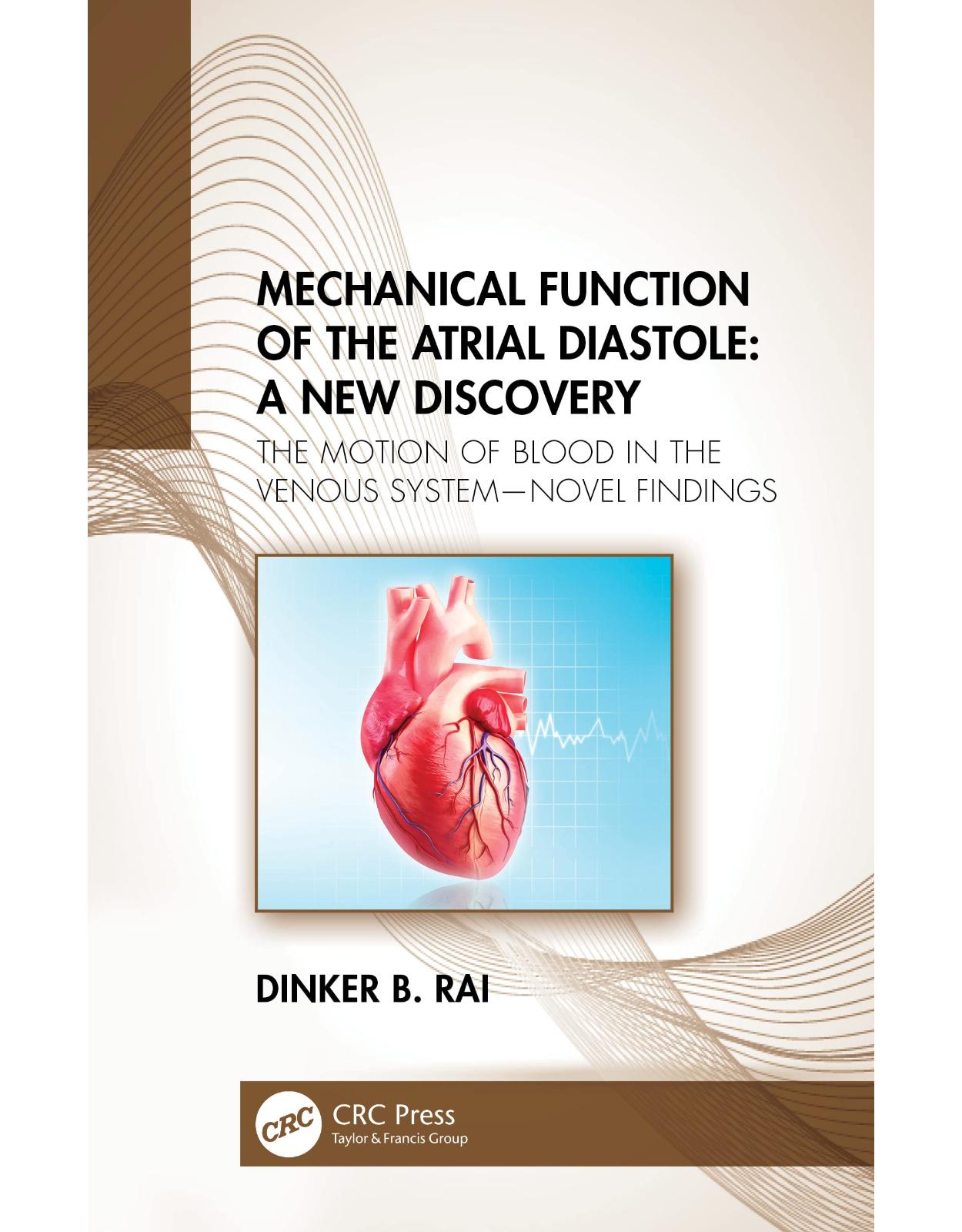
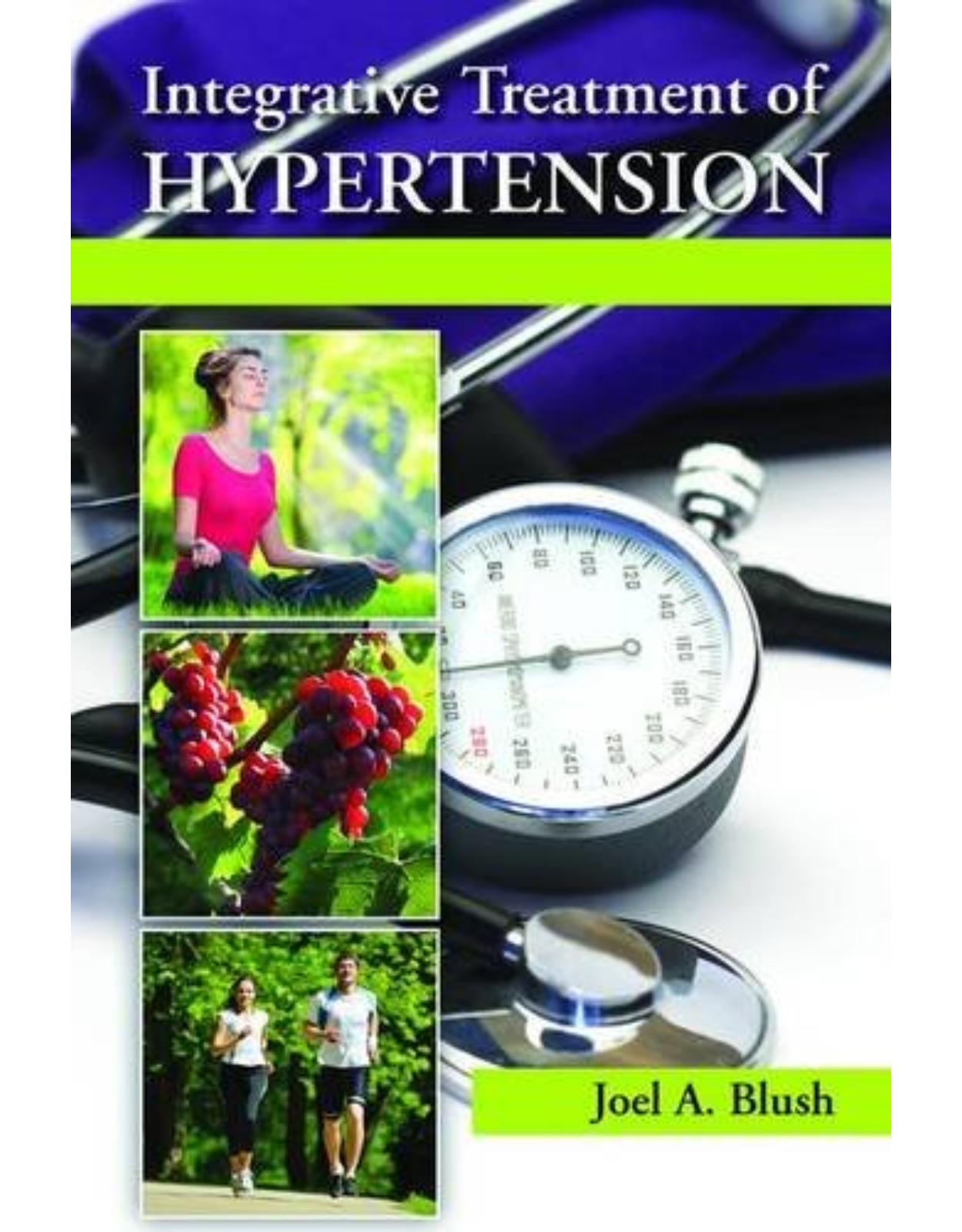
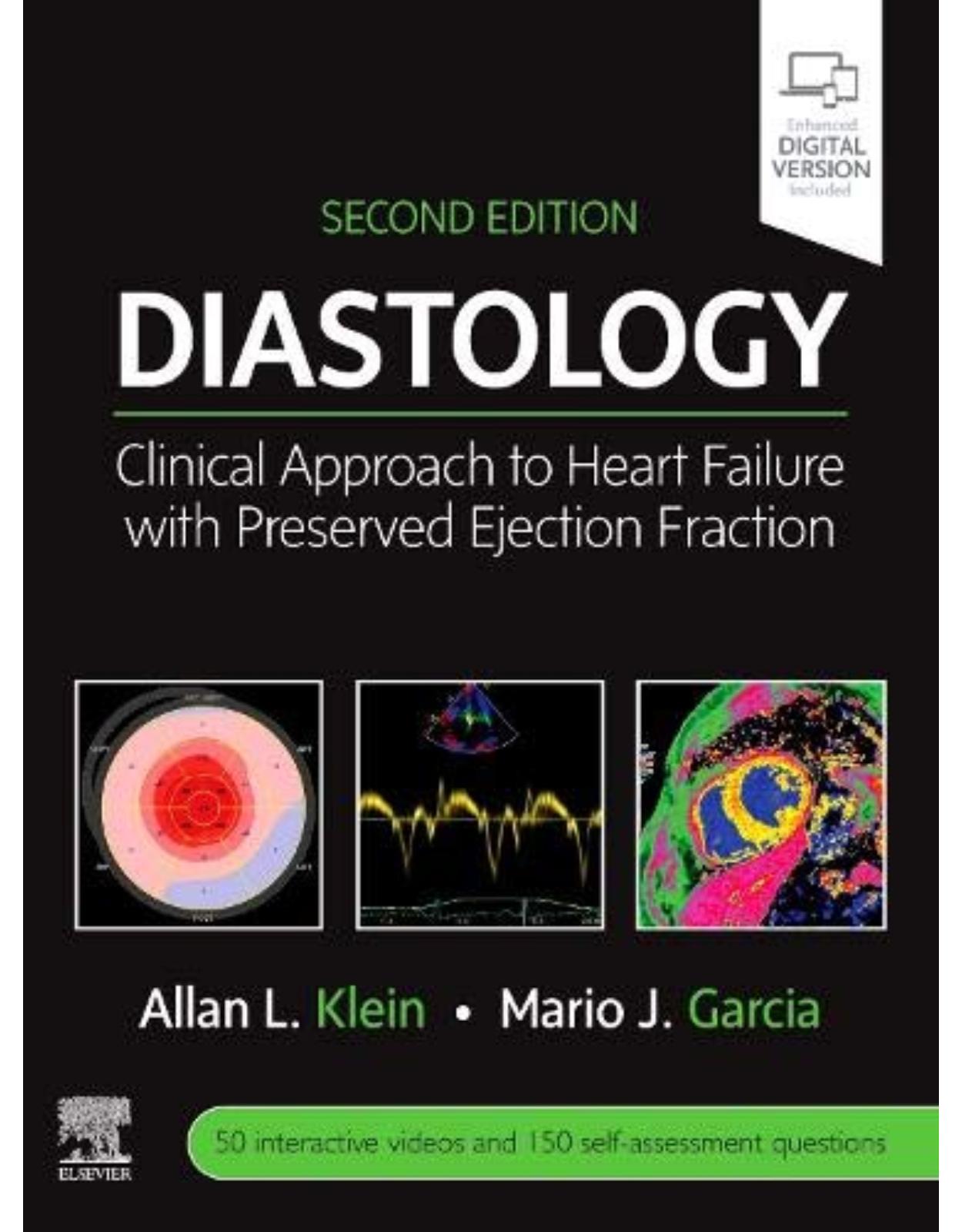
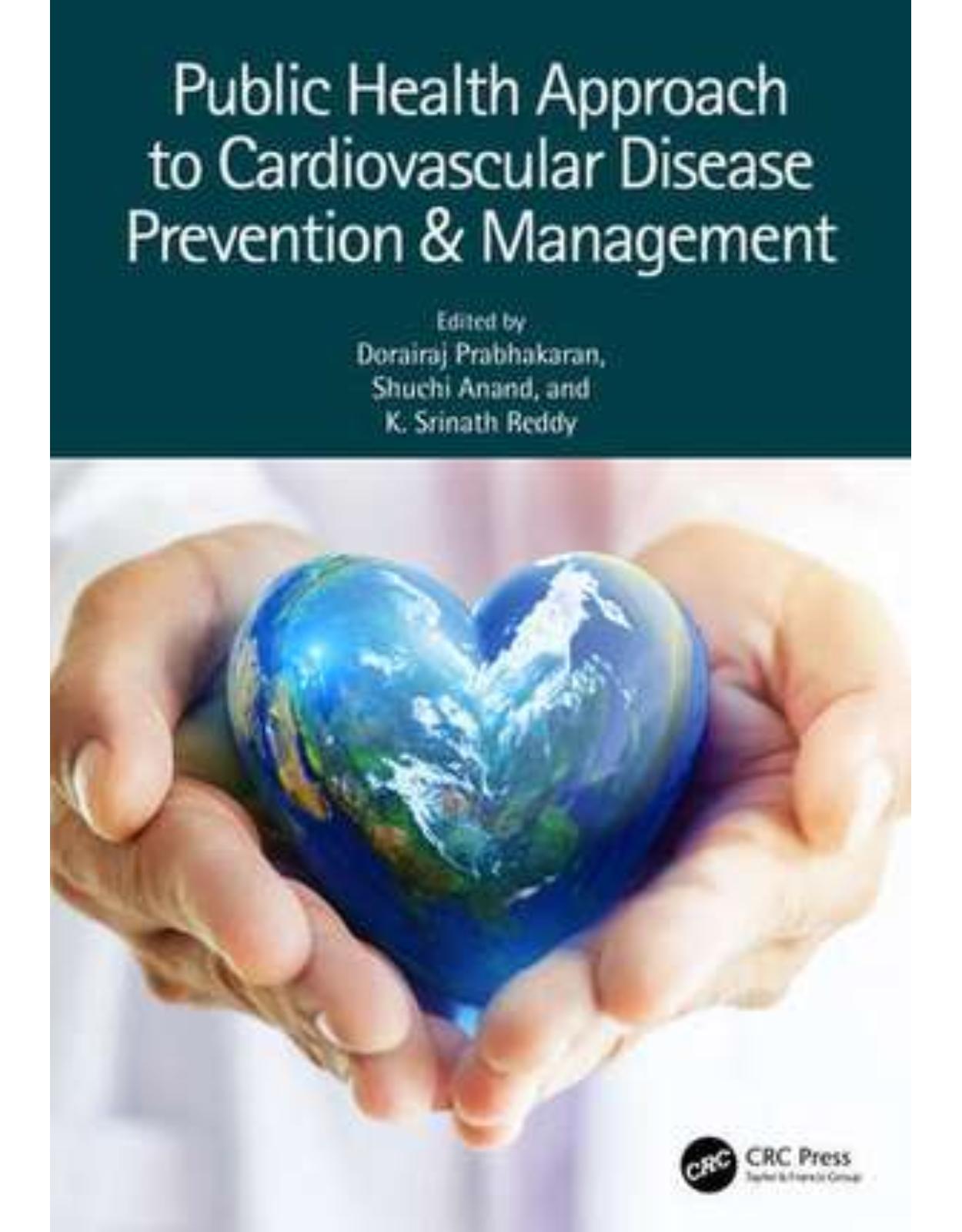
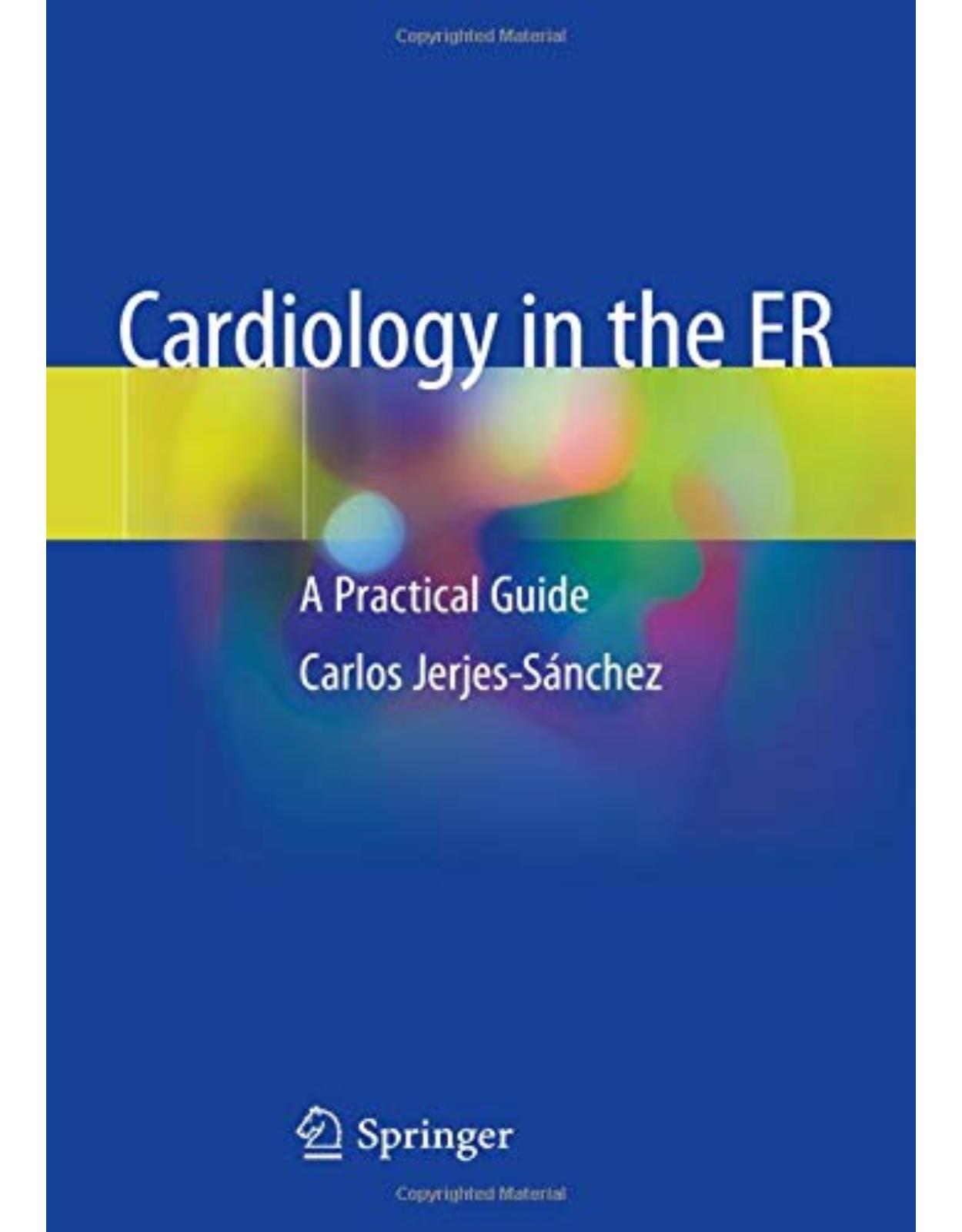
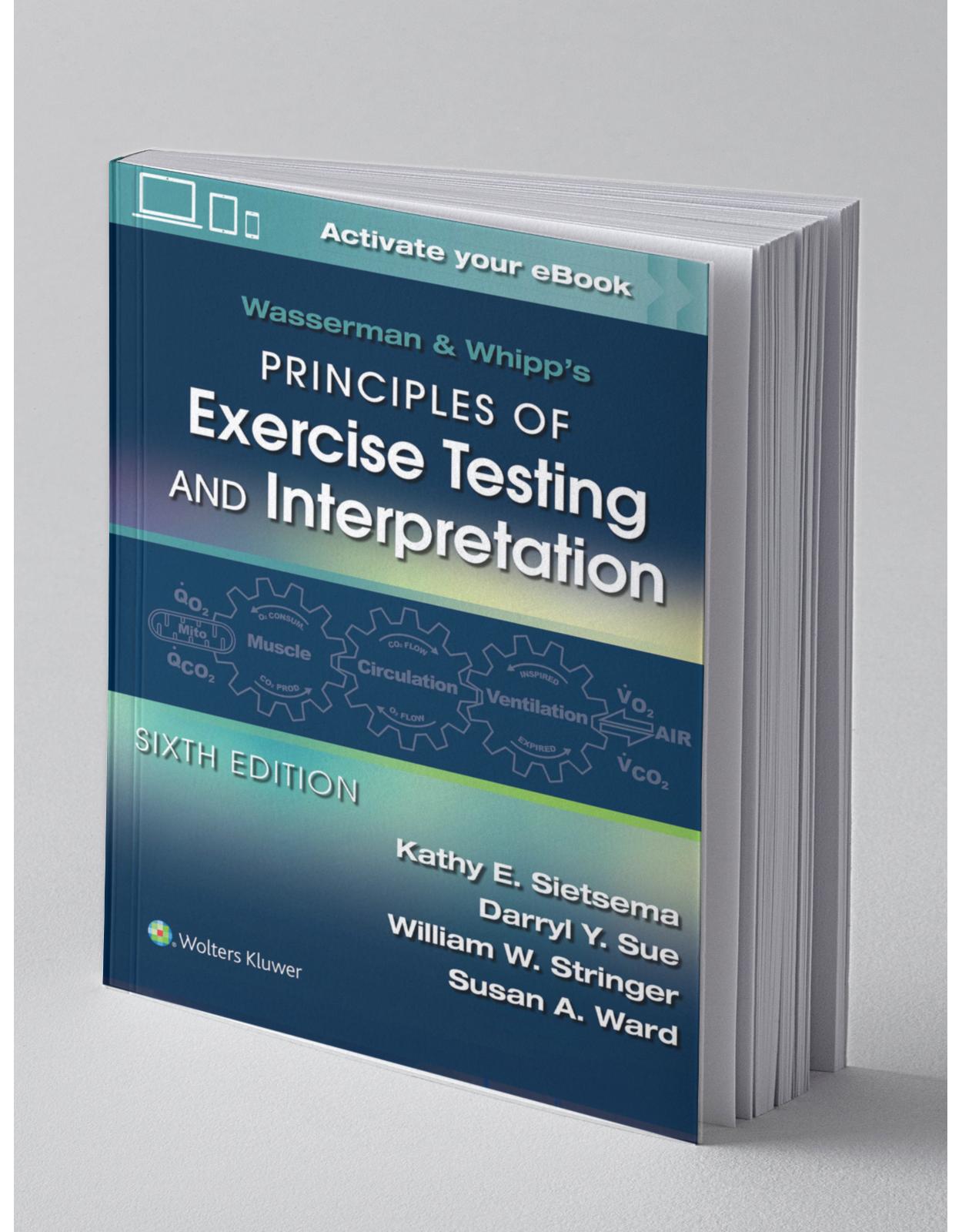
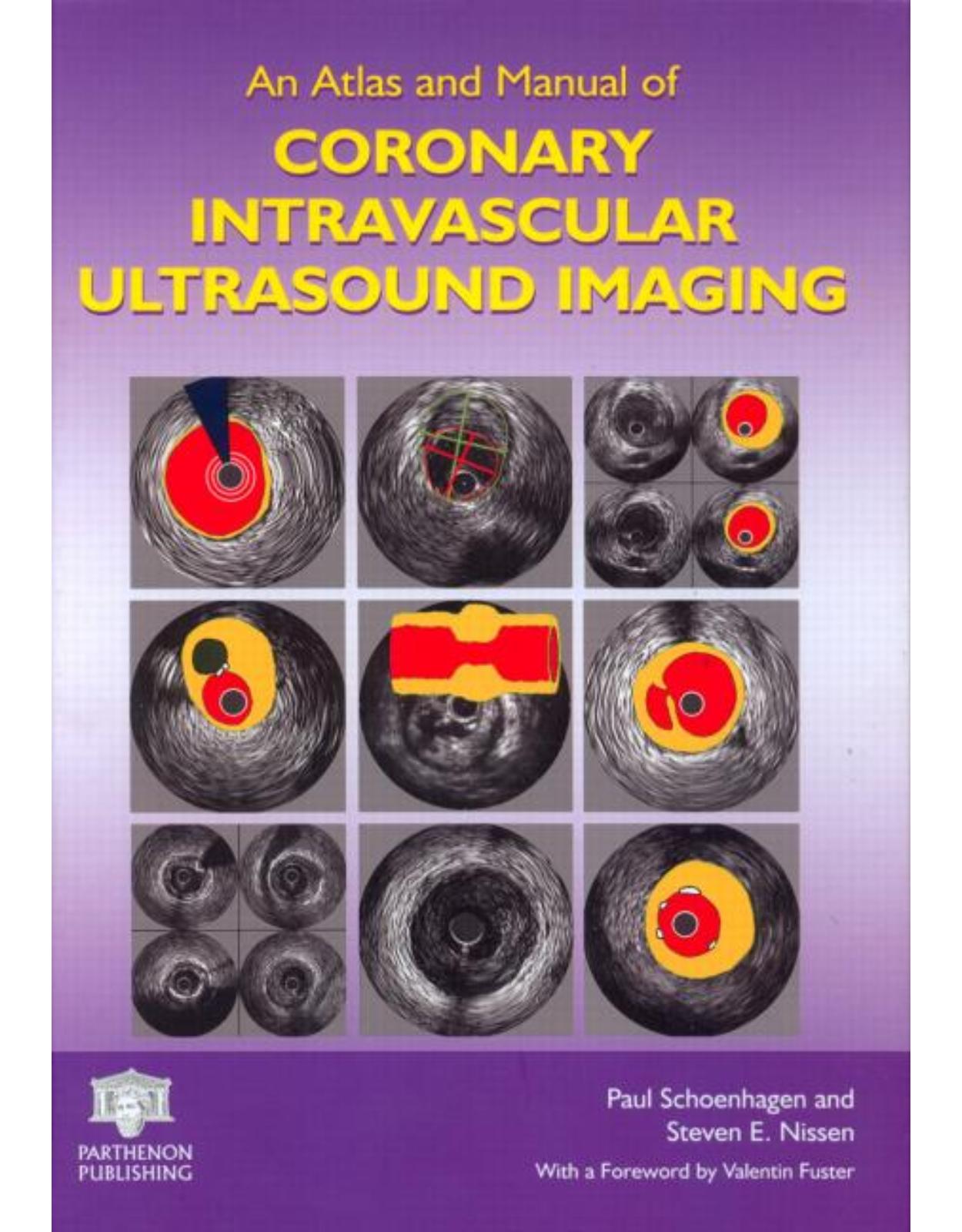
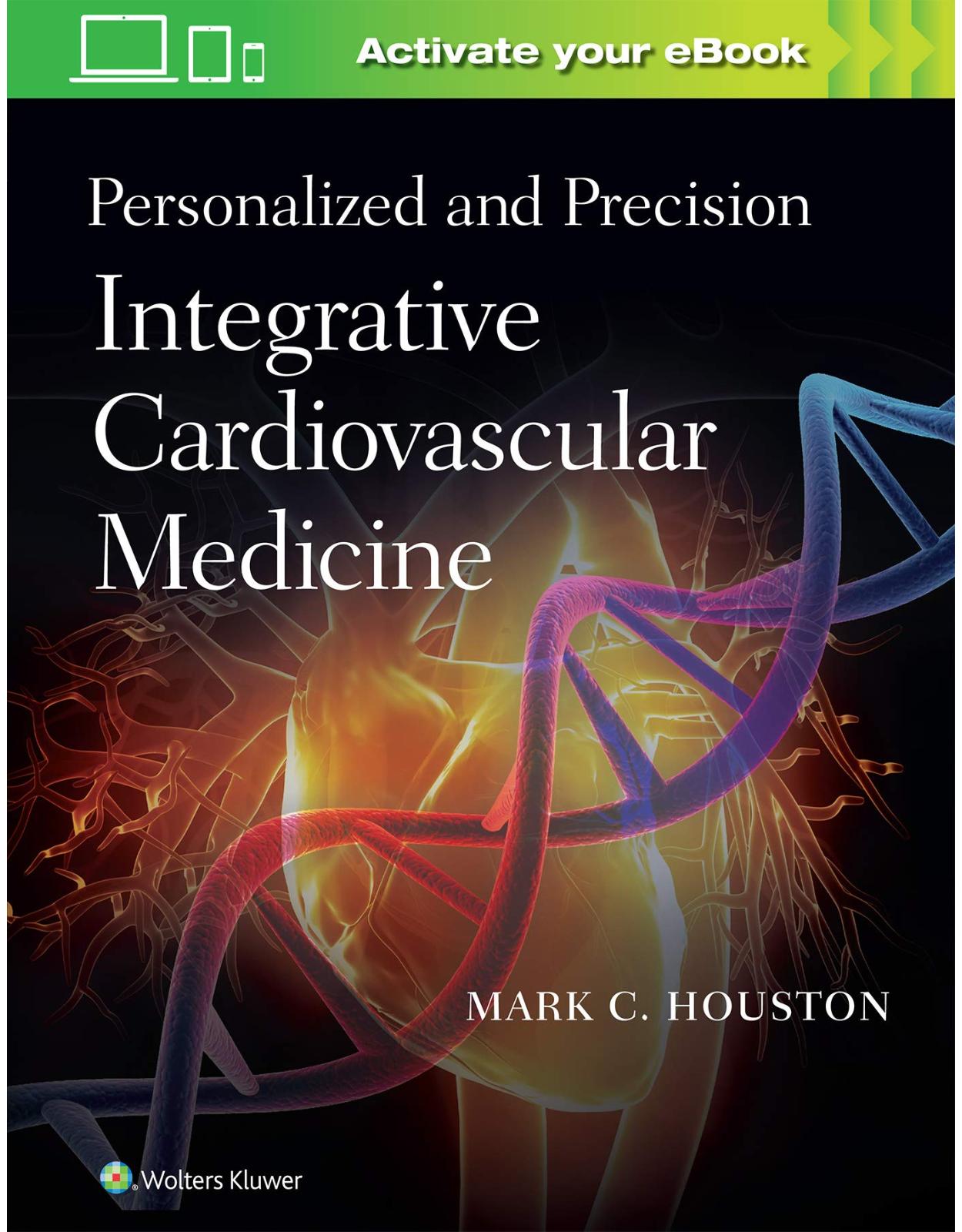
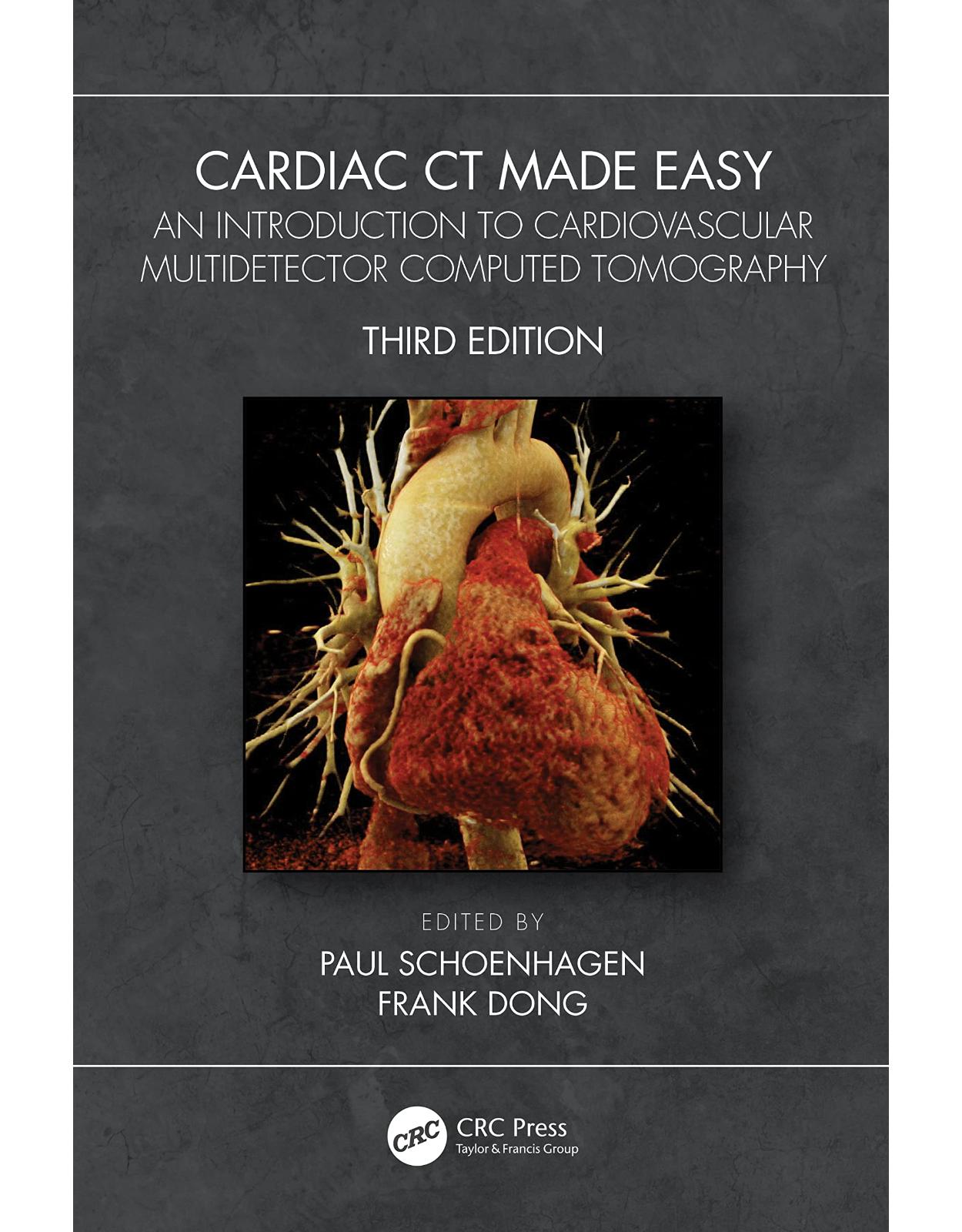
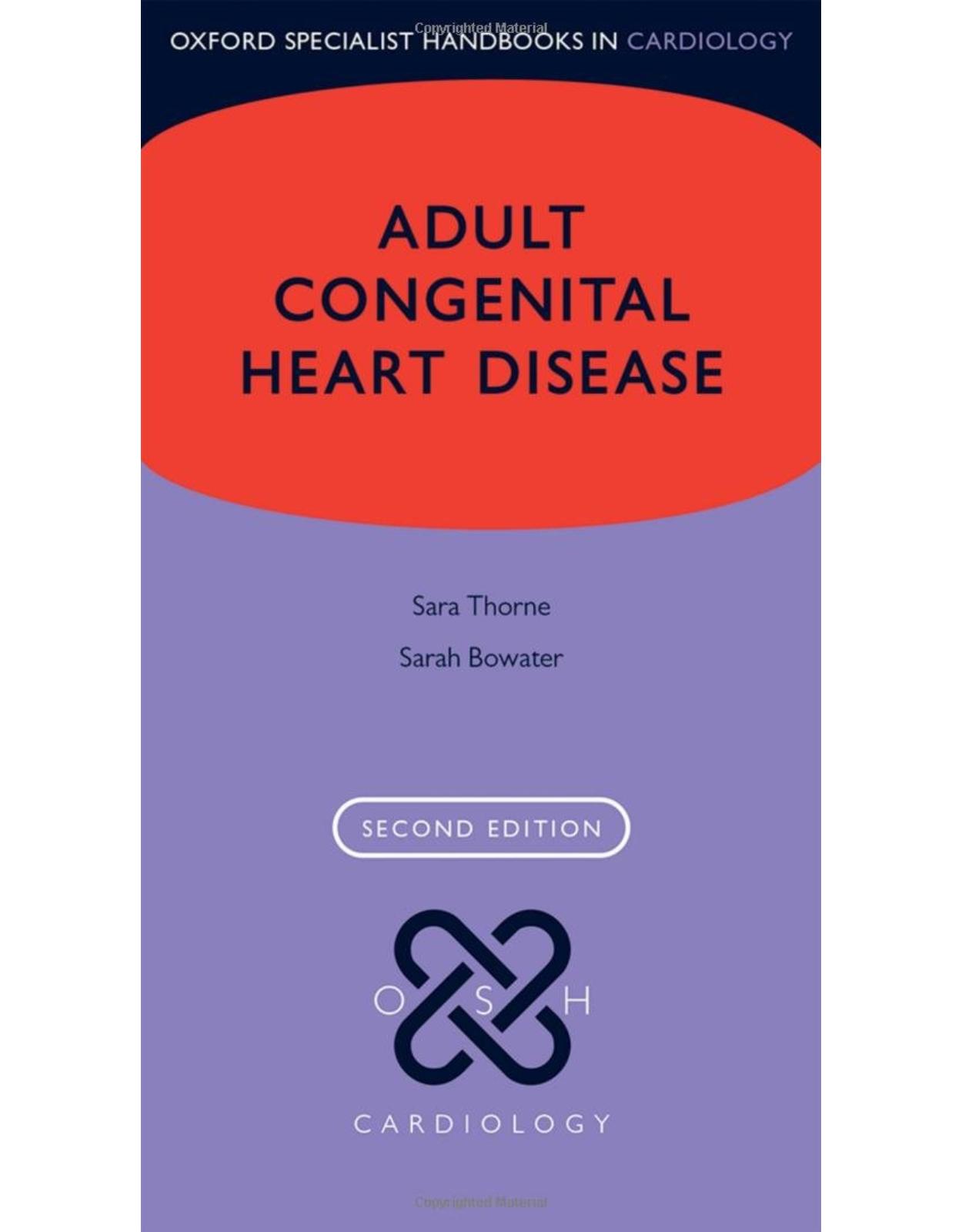
Clientii ebookshop.ro nu au adaugat inca opinii pentru acest produs. Fii primul care adauga o parere, folosind formularul de mai jos.